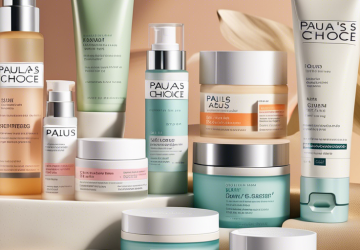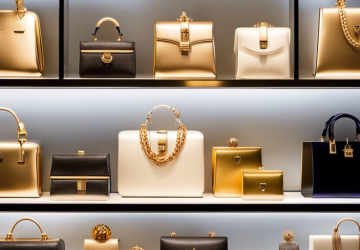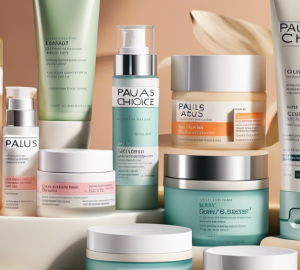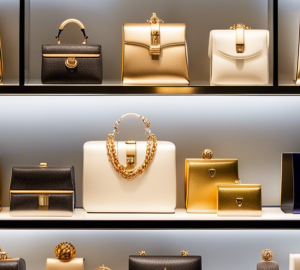[ad_1]
Scroll To See More Images
If you purchase an independently reviewed product or service through a link on our website, STYLECASTER may receive an affiliate commission.
You may have seen bar shampoo products when you’ve gone camping or traveling—they’re super easy to pack and totally TSA-friendly. However, in the wake of the “no poo” craze, the idea of lathering up with something other than liquid shampoo has become more and more common for your everyday. Thinking about swapping your traditional hair cleanser for a good ol’ bar? We consulted the experts to find out what you need to know before making the switch. Essentially, bar shampoo is simply shampoo in bar form. As Brianne West, product formulator of Ethique says, “A good solid shampoo should do what a good liquid does—leave you with body and shine, without either drying the hair out or adding too much buildup.”
The Pros of Using Bar Shampoo
Aside from being travel-friendly and seemingly longer-lasting than liquid shampoo, bars are touted as being able to get your hair back to its original, shiny, voluminous state by clearing away residue left from the chemicals found in traditional hair cleansers. “Plus, since shampoo bars do not strip hair in the same way as detergent-based shampoos can, you will notice a difference in the way your wet hair feels after washing,” Jamyla Bennu, creator and Grand Mixtress of Oyin Handmade, says.
How? Because many shampoo bars don’t include some of the icky additives used in commercial shampoos, such as sodium lauryl sulfate and ammonium lauryl sulfate. “Many educated consumers have become wary of the detergents found in commercial shampoos, finding them unnecessarily stripping of the natural moisture of the hair and scalp,” she says.
Gentle, low-lather bar cleansers leave hair clean without feeling dry the way many detergent-based shampoos can. For some people, conditioner isn’t even needed after their hair adjusts in a couple washings with a bar.
The Cons Of Using Bar Shampoo
Chicago-based master stylist Jon-David says that because of the high concentration of cleanser in bar shampoos, they tend to have more a waxy consistency, which can build up in your hair.
“This happens because the soap—which is saponified oils and an alkali—reacts with water when you use it, and this forms soap scum,” says Kirsten Connor, formulator and creator at Flourish Body Care. To avoid this, many bar shampoo users rinse with apple cider vinegar to remove the coating and shine their hair.
Those with long, porous or curly hair especially may also experience tangles and frizz, along with that “coated” feeling, something Susonnah G. Barklow, editor at NaturallyCurly.com, knows all too well. “Personally, I find the act of rubbing a bar of soap on my head awkward,” she says. “And it almost always results in very tangled hair.”
How to Choose The Right Bar Shampoo For You
If you want to go for it, there are actually three broad categories of shampoo bars out there, according to hair and makeup pro Grace Mahoney, owner of Blushing Brides. The first are cold-processed shampoo bars (typically made by home crafters and natural products companies). They’re usually chock-full of natural oils, which help condition your hair, and are typically free of sodium lauryl sulfate. (These tend to be the ones that cause buildup, she says, and might require an apple cider vinegar rinse).
Then, there are glycerin-based shampoo bars, which tend to be more gentle and pH balanced, but they might not be as clarifying as other shampoos and won’t lather as well. Finally, there are solid surfactant shampoo bars (think of the kind made by Lush), which lather the best and are more pH balanced but can be a bit too clarifying for some hair.
Really, it’s all about trial and error and, of course, avoiding products with bad-for-hair ingredients like sodium lauryl sulfate. (Really, any sulfates should be avoided). Sodium hydroxide—an extremely strong alkali that is used to make soap along with oils and fats—is another one to look out for. “The reaction that takes place produces a mildly alkali product—soap with a pH of 8–9,” Bennu says. “Since hair varies between pH 4 and 5 and doesn’t have an acid mantle like skin, this pH difference leaves the cuticle sticking up, resulting in rough, dull hair, which over time can cause damage.”
To use, natural hair expert Amanda Starghill, of NaturallyCurly.com, suggests cutting the bar into smaller portions so it’s easier to apply directly to the scalp.

Good Time.
Coconut, glycerin and marula oil gently cleanse and moisturize strands, while the scent sends you to Mental Heaven. Plus, the brand donates 50 percent of proceeds to clean water initiatives.

A version of this story was originally published in May 2020.
[ad_2]







